Brief overview---the importance of high-performance drill bits in various industries.
High-performance alloy drill bits play a crucial role across diverse industries due to their exceptional capabilities. Their importance stems from the ability to deliver superior drilling performance, durability, and precision. In manufacturing and construction, these drill bits are instrumental for achieving accurate and efficient drilling, ensuring that tasks are completed with precision and speed.
The use of high-performance alloys enhances the durability of the drill bits, making them resilient to the challenging conditions often encountered in industrial settings. Whether in metalworking, woodworking, or other applications, these drill bits contribute significantly to increased productivity and the overall quality of the drilling process, making them indispensable tools in various professional and industrial environments.
Key characteristics & materials used in high-performance alloy drill bits.

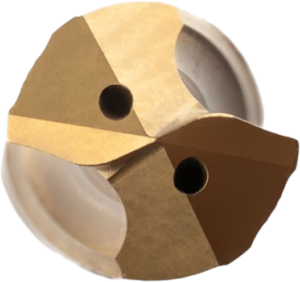
- AdvantagesStable cutting;
- High-precision machining;
- Innovative drill tip design;
- Multifunctional applications.
Applications

- General machining:Drive shafts, cooling holes.
- Automotive: Crankshafts (oil holes), common rail.
- Hydraulic components.
- Mining: Gears, connectors.
Suitable for deep hole machining applications in different industries in the P,K,M material group.
Comparison with Conventional Drill Bits
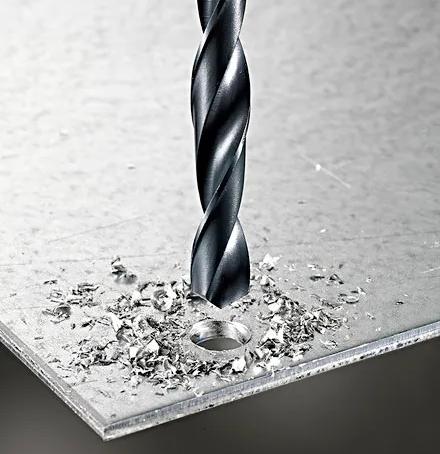
Material Durability:
- High-performance alloy drill bits are crafted from advanced materials, providing exceptional durability and wear resistance.
- Conventional drill bits may struggle with wear and require more frequent replacements in demanding applications.
Heat Dissipation:
- Advanced alloy compositions in high-performance drill bits enhance heat dissipation, reducing the risk of overheating during prolonged use.
- Conventional drill bits may experience increased heat buildup, potentially affecting both the drill bit and the material being drilled.
Customization Options:
- High-performance alloy drill bits often come with customization options, allowing users to choose specific variants tailored to their drilling needs.
- Conventional drill bits may offer fewer options for customization, limiting adaptability to specific applications.
Precision and Accuracy:
- High-performance alloys allow for precise manufacturing of drill bits, ensuring accuracy in hole creation.
- Conventional drill bits may exhibit lower precision, leading to less accurate drilling and potential deviations from desired specifications.
Top Brands about Carbide drill bits
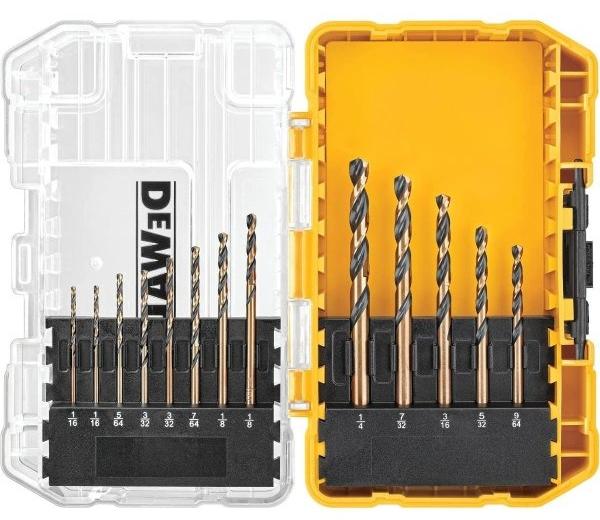
- DeWalt DW1361 Titanium Pilot Point Drill Bit Set:
Known for its durability and titanium coating, providing extended life and reduced friction.
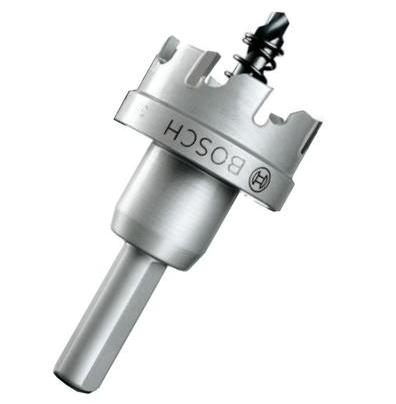
- Bosch GT3000 Carbide Tipped Drill Bit Set:
Offers high-performance carbide tips for precision drilling in various materials, showcasing Bosch’s commitment to quality.
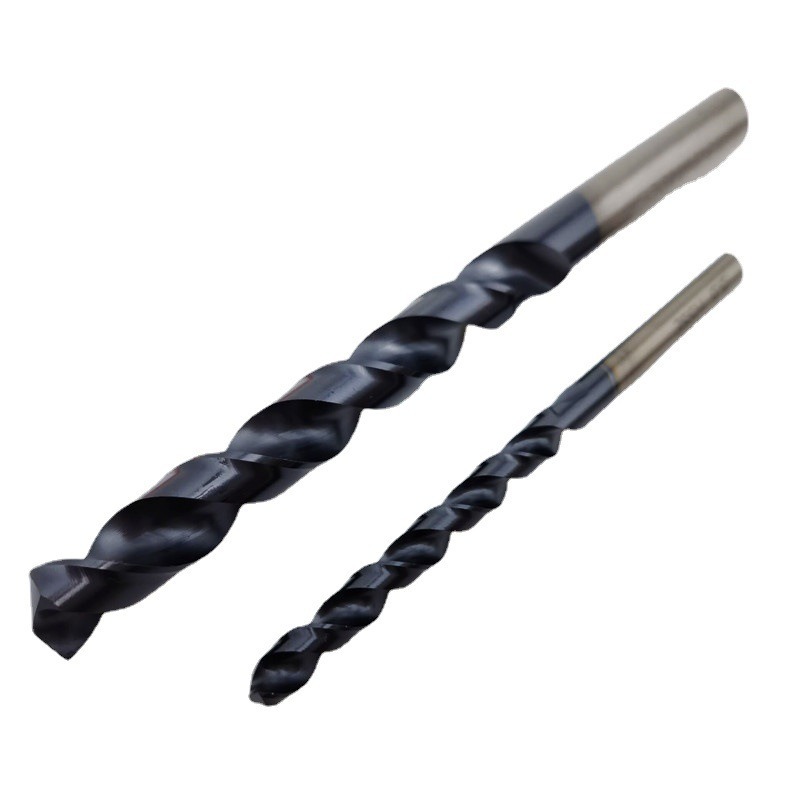
- Milwaukee 48-89-2331 Black Oxide Drill Bit Set:
Features black oxide coating for enhanced durability and speed, making it a popular choice for professionals.
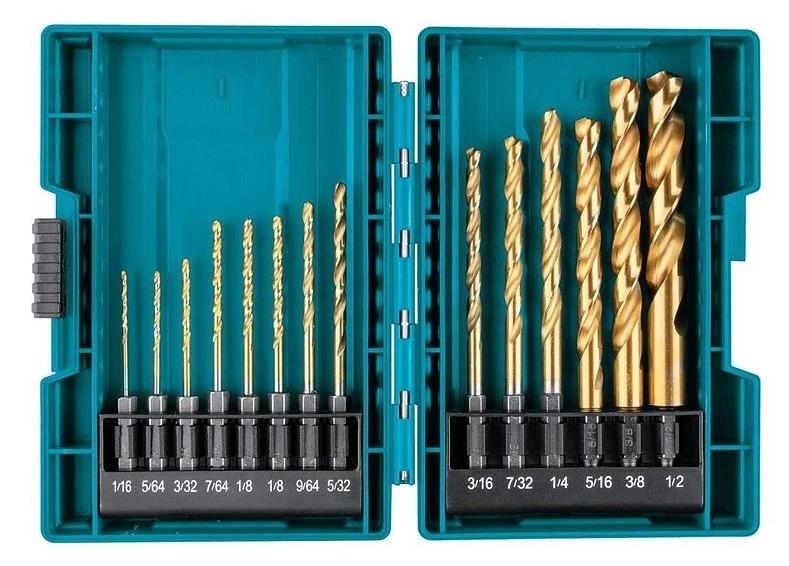
- Makita B-65399 Impact Gold Titanium Drill Bit Set:
Known for its impact gold titanium coating, providing faster drilling and reduced friction for improved efficiency.
User Guide and Maintenance Tips
Proper Usage Techniques:
- Explain correct drilling techniques, including recommended speeds, pressure, and materials for optimal results.
- Provide guidance on selecting the right high-performance alloy drill bit for specific applications.
Safety Precautions:
- Emphasize safety measures such as wearing appropriate protective gear and ensuring a secure work environment.
- Highlight any potential hazards associated with drill bit usage and how to mitigate them.
Drilling Surface Preparation:
- Advise on preparing the drilling surface, including marking, securing, and cleaning the work area for efficiency and safety.
Cooling and Lubrication:
- Stress the importance of cooling and lubricating the drill bit during operation to prevent overheating and enhance performance.
- Recommend suitable cooling and lubrication methods or products.
Material Compatibility:
- Provide a guide on the compatibility of high-performance drill bits with various materials, suggesting optimal drill bit choices for specific materials.
Regular Inspection:
- Instruct users to regularly inspect drill bits for signs of wear, damage, or deterioration.
- Explain what to look for during inspections and when to consider replacing a drill bit.
Cleaning and Maintenance:
- Offer step-by-step instructions on cleaning drill bits after use to remove debris and prevent corrosion.
- Recommend suitable cleaning agents and methods without compromising the drill bit’s integrity.
Storage Recommendations:
- Advise on proper storage conditions to maintain the sharpness and overall quality of the drill bits.
- Include information on how to protect drill bits from environmental factors.
Troubleshooting Tips:
- Address common issues users may encounter during drilling and provide troubleshooting tips.
- Include solutions for problems like overheating, dulling, or bit slippage.
Extended Lifespan Strategies:
- Suggest proactive measures to extend the lifespan of high-performance drill bits, such as regular maintenance routines and proper storage practices.
High-performance drill bits redefine precision and durability in drilling. Explore the provided user guide for optimal usage and maintenance, ensuring a prolonged lifespan.


